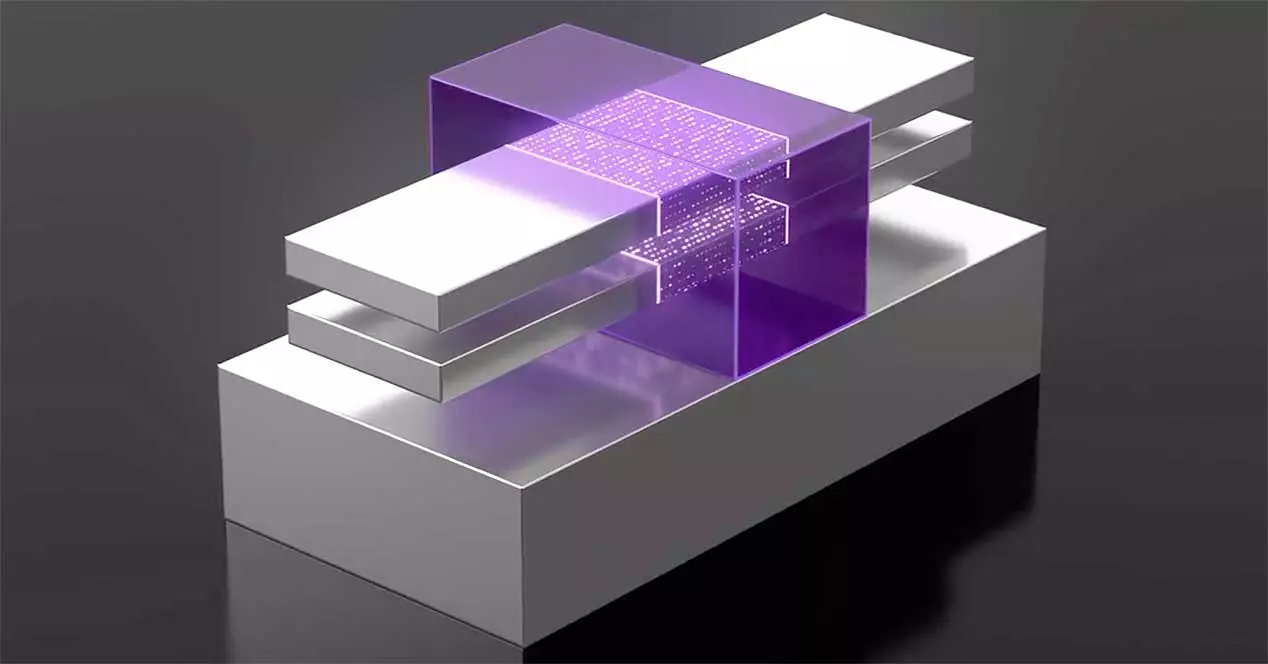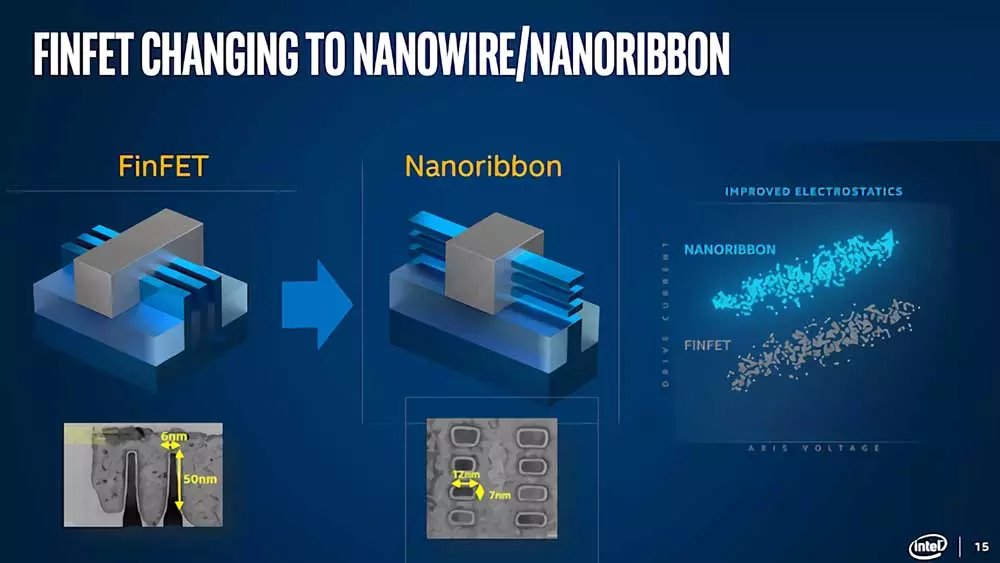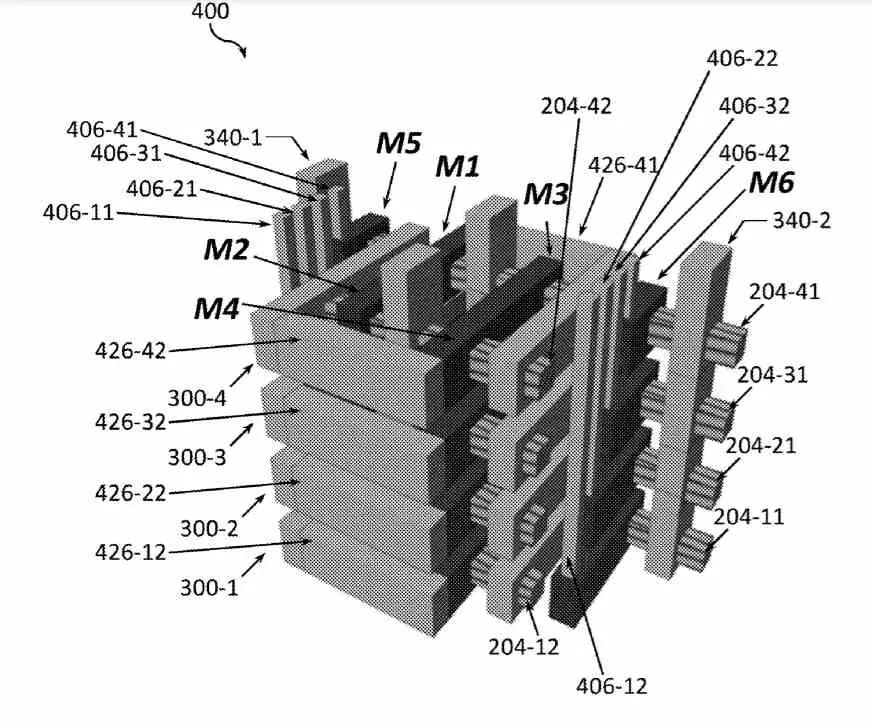
A few weeks ago, Intel announced a change in the names of its manufacturing nodes for the next few years, which involve the use of new types of transistor for the construction of logic gates and memories within future processors. Being the Nanoribbon transistors, a variant created by Intel of the GAA transistors, which will be the replacement for the current FinFET transistors.
That is why we should not be surprised that Intel patents are appearing about the different applications of their Nanoribbon and of all of them the most notable is the one that refers to the construction of bit cells for SRAM memory. Which is one of the essential parts in any type of integrated circuit.
Well, Intel has patented a 3D SRAM memory, which means an important change in the future of its different processors and their nature, and this will completely change its structure and we are going to talk about fully three-dimensional processors, which to our eyes will have height and therefore will be cubes.
Why is Intel 3D SRAM going to change CPUs in the future?
A newly published Intel patent, under the title THREE-DIMENSIONAL NANORIBBON-BASED STATIC RANDOM-ACCESS MEMORY, refers to the construction 3D SRAM memory from Nanoribbon transistors. And what is unique compared to conventional SRAM? Well, the fact that it is a fully three-dimensional and non-two-dimensional structure like traditional SRAM, which represents an important paradigm shift in the design of new chips.
We are used to processors where our eyes are a single sheet in two dimensions, but little by little, due to the limitations of Moore’s Law, we have sought to make the different chips grow in a third dimension, which is something that we have been seeing for a long time. 3D NAND and HBM RAM in all its variants. We can also talk about AMD’s V-Cache. The difference with the Intel patent? All of these are structures that use two-dimensional SRAM memory, whereas the 3D SRAM built with Intel Nanoribbon transistors is, as its name indicates, a three-dimensional structure.
Why is this patent important? All internal memories in one processor They are SRAM type memory, be it the different levels of cache, the registers of each core, even the memories used by the different units. Therefore this means that if the structure of this memory is going to be in three dimensions then the rest of the elements that accompany it will also be. That is, the logic gates that are part of the different CPU and GPU units, as well as the interconnection infrastructures, all of them will be in three dimensions. The consequence will be that the processors will become cube-shaped as they become tall.





